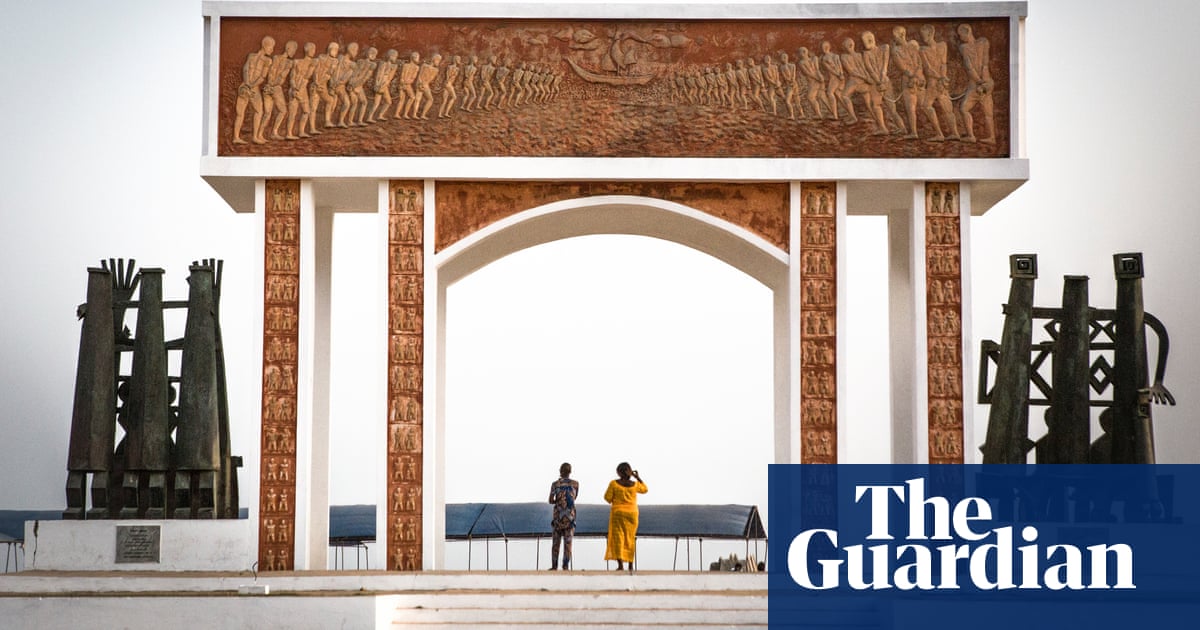
New research has revealed that contrary to popular belief, the transatlantic slave trade did not end in 1867 as previously assumed by historians. Instead, it continued into the following decade.
Historian and former lecturer at Newcastle University, Dr Hannah Durkin, has discovered proof that two slave ships arrived in Cuba in 1872. One of the ships, under the Portuguese flag, carried 200 enslaved individuals between the ages of 10 and 40. The other ship is thought to be of US origin and held 630 prisoners in cramped conditions.
Durkin discovered mentions of the arrival of these ships in American newspapers during that time. This serves as evidence of the relatively recent end of the slave trade. The erasure of the tragedy of stolen lives from history has gone undocumented.
New evidence has been found which includes a record from the 1872 Hansard parliamentary session where a British politician questioned the assurances made by the Spanish government regarding the importation of slaves into Cuba in recent years.
Durkin mentioned that although Spain declared the end of its slave trade in 1867, she discovered a report from explorer Sir Henry Morton Stanley who had journeyed to Benin and observed the slave harbor of Ouidah in 1873. He described witnessing 300 individuals confined in a barracoon, which is a pen for slaves, and also noted that two slave vessels had recently departed from that port.
According to Durkin, Ouidah was the second most significant slave port in Africa after Luanda in Angola. This region was commonly referred to as the “Slave coast” by Europeans due to the large number of individuals who were forcefully taken from there between the years 1650 and 1850. It is believed that nearly 2 million people, which is approximately one-sixth of all enslaved individuals who were brought to the Americas, were transported from the Bight of Benin.
Durkin revealed that, while Stanley’s account was published in the New York Herald, there was another crucial piece of evidence that had been overlooked. This evidence confirmed the findings of Cuban historians that the trade of goods persisted into the 1870s, despite rumors of its decline.
According to the speaker, the digitization of 19th century newspapers has provided valuable insight. She states, “Historians previously did not have easy access to these sources, which is why I was able to discover a significant amount of information.”
Her upcoming book, Survivors: The Lost Stories of the Last Captives of the Atlantic Slave Trade, will include the findings of her research. Utilizing previously unreleased documents, it recounts the history of the Clotilda, the final American vessel of the Atlantic slave trade.
She has successfully identified a majority of the 110 captives on the Clotilda and located their descendants. She also discovered a 1984 interview that had not been previously published, featuring the grandson of Amey Greenwood Phillips, which was kept by her family. Amey had been a teenager when she was enslaved and forced to work on a plantation in Alabama.
Durkin stated that a man named Greenwood was the enslaver of Amey. According to Percy Phillip Marino, Amey’s grandson, her enslaver was considered to be a decent man. However, he would often hire her out to unnamed enslavers in a different state who would physically abuse her. When her enslaver found out about the mistreatment, he brought Amey back, but her leg scars remained unhealed.
Durkin was informed by others about the sexual abuse that their ancestors had experienced. She came across a record of a 13-year-old girl who was enslaved and subjected to unimaginable horrors, such as being forced to have sexual relations with African-American and Native American men in order to produce children who would also be enslaved.
According to Durkin, there is ample evidence to suggest that enslavers intentionally sought to produce young enslaved children in order to increase their wealth.
“Whether in the sugar plantations of Cuba or the cotton plantations of the southern United States, slavery was a brutal system that stripped people of their humanity.”
Durkin’s study revealed that the vast majority of the survivors from the Clotilda were individuals who spoke Yoruba and hailed from a single town in what is now the south-west region of Nigeria. This contradicts earlier findings which suggested that they came from various places in Benin and Nigeria.
2021
The book Survivors, which tells the untold stories of the final captives of the Atlantic Slave Trade, will be released by William Collins on January 18th, 2021.
Source: theguardian.com


















